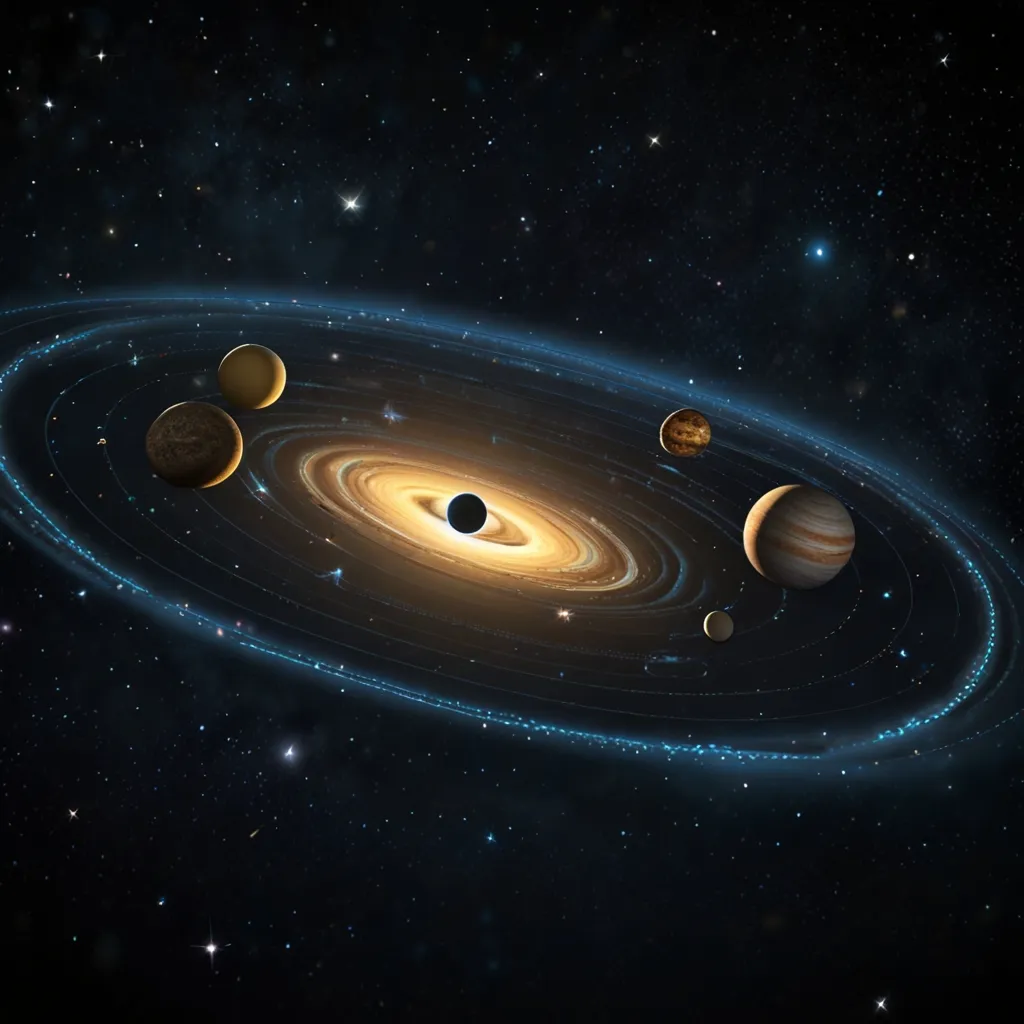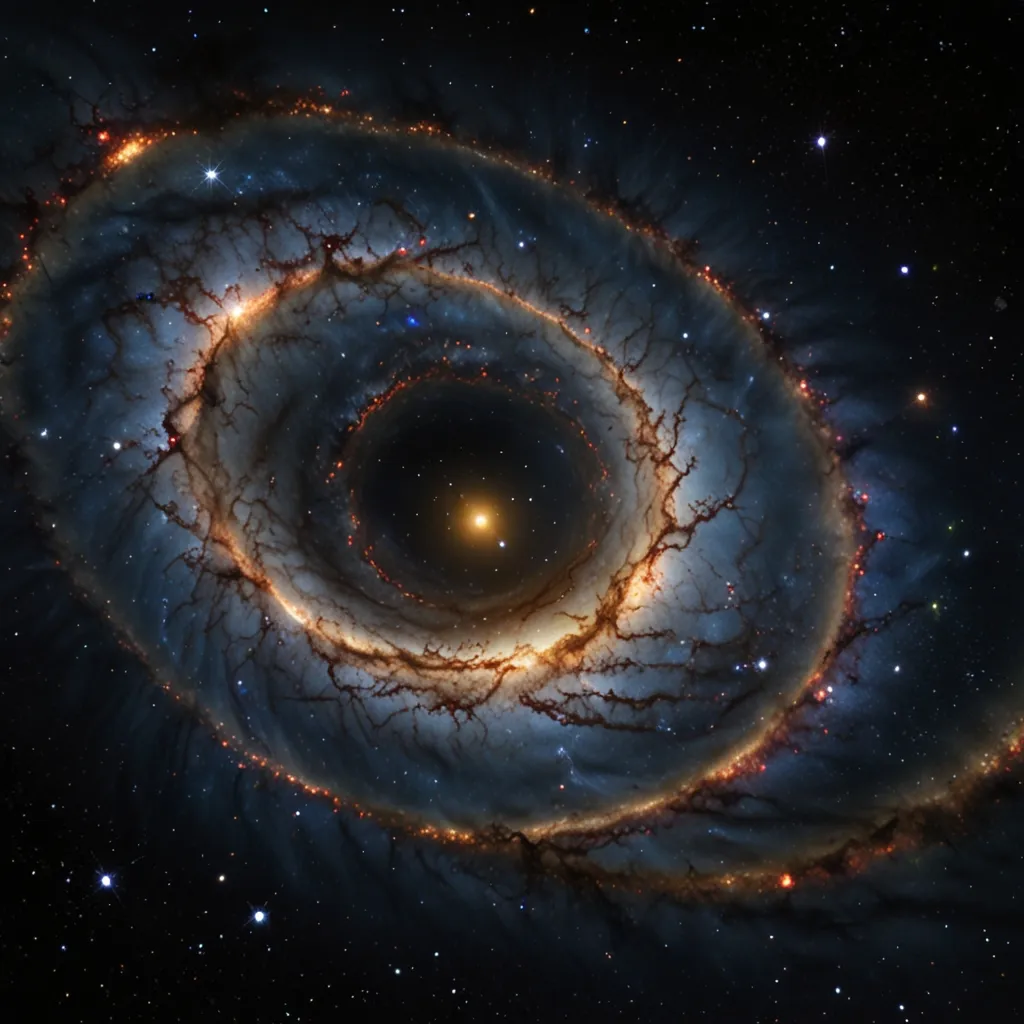As a science enthusiast, I’ve always been fascinated by the unsung heroes who shaped our understanding of the world. While Marie Curie’s groundbreaking work in radioactivity is rightfully celebrated, there are so many other brilliant women whose contributions went unrecognized for far too long. Let me take you on a journey to explore five remarkable female scientists who changed the course of history, despite facing tremendous obstacles.
I’ll never forget the first time I learned about Rosalind Franklin and her pivotal role in uncovering the structure of DNA. As a young researcher at King’s College London in the early 1950s, Franklin used X-ray crystallography to capture the famous “Photo 51” image that clearly showed DNA’s double helix shape. This critical piece of evidence was secretly shared with James Watson and Francis Crick, who used it to develop their DNA model without crediting Franklin. While Watson and Crick went on to win the Nobel Prize, Franklin’s essential work remained in the shadows for decades after her untimely death at age 37.
“Science and everyday life cannot and should not be separated.” - Rosalind Franklin
Franklin’s story is a stark reminder of how women’s contributions were often minimized or outright stolen throughout scientific history. But she was far from the only brilliant mind to face such injustice.
Have you ever used Wi-Fi or Bluetooth? If so, you can thank the ingenuity of Hedy Lamarr. Yes, that Hedy Lamarr - the glamorous Hollywood actress of the 1930s and 40s. What many don’t realize is that Lamarr was also a self-taught inventor with a brilliant mind for engineering. During World War II, she co-created a frequency-hopping signal that could prevent enemy forces from jamming torpedo guidance systems. While the U.S. Navy initially dismissed her idea, the principles behind it later became the foundation for modern wireless communication technologies like Wi-Fi, GPS, and Bluetooth. It wasn’t until the 1990s that Lamarr finally received recognition for her groundbreaking invention.
Lamarr once said, “The world isn’t getting any easier. With all these new inventions, I believe that people are hurried more and pushed more… The hurried way is not the right way; you need time for everything - time to work, time to play, time to rest.”
Her words feel especially poignant given how her scientific legacy was overshadowed by her Hollywood persona for so long. It makes you wonder - how many other multi-talented women had their intellectual gifts overlooked due to narrow societal expectations?
Speaking of overlooked geniuses, we can’t discuss pioneering women in science without mentioning Katherine Johnson. As a Black woman working at NASA in the 1950s and 60s, Johnson faced discrimination on multiple fronts. Yet her exceptional skills as a mathematician made her indispensable to the space program. Johnson performed critical trajectory calculations by hand for some of America’s first crewed spaceflights, including John Glenn’s historic orbit of Earth. Her meticulous work ensured astronaut safety in an era when electronic computers were still unreliable.
Johnson once reflected, “Girls are capable of doing everything men are capable of doing. Sometimes they have more imagination than men.”
Her confidence and determination paved the way for future generations of women and people of color in STEM fields. Johnson’s story remained largely unknown to the public until the 2016 book and film “Hidden Figures” brought long overdue attention to her achievements. It’s both inspiring and sobering to consider how many other “hidden figures” may still be waiting for their contributions to be recognized.
The field of nuclear physics owes an immense debt to Lise Meitner, though you wouldn’t know it from how history initially treated her discoveries. As a Jewish woman in Nazi-era Germany, Meitner was forced to flee to Sweden in 1938. This abrupt departure separated her from her longtime collaborator Otto Hahn just as they were on the brink of a major breakthrough in their research on uranium. Hahn continued the work and observed nuclear fission, but struggled to explain the process. It was Meitner, corresponding from exile, who provided the crucial theoretical explanation for nuclear fission.
Yet when Hahn published the groundbreaking discovery, Meitner’s name was left off the paper. Hahn alone received the 1944 Nobel Prize in Chemistry for the finding. Meitner’s pivotal role in interpreting the results and developing the theory of nuclear fission went unacknowledged by the Nobel committee.
Meitner once said, “Science makes people reach selflessly for truth and objectivity; it teaches people to accept reality, with wonder and admiration, not to mention the deep awe and joy that the natural order of things brings to the true scientist.”
Her words highlight the passion that drove her work, even in the face of discrimination and exile. It wasn’t until decades later that the scientific community began to fully recognize Meitner’s contributions. An element, meitnerium, was eventually named in her honor. But one has to wonder how different the narrative around nuclear physics might be if Meitner had received proper credit from the start.
Last but certainly not least, we come to Emmy Noether - a mathematician whose work fundamentally reshaped multiple fields of science. In the early 20th century, Noether made groundbreaking advances in abstract algebra, developing theories that unified seemingly disparate areas of mathematics. Her most famous achievement was Noether’s Theorem, which explains the deep connection between symmetry in physics and conservation laws. This theorem is considered one of the most important mathematical theorems ever proven in guiding the development of modern physics.
Despite her brilliance, Noether faced significant barriers as a woman in academia. For years she worked without pay or an official position. Even after finally obtaining a faculty position, she was often relegated to lecturing under male colleagues’ names. Albert Einstein recognized her genius, calling Noether “the most significant creative mathematical genius thus far produced since the higher education of women began.”
Noether herself remarked, “My methods are really methods of working and thinking; this is why they have crept in everywhere anonymously.”
Her humble words belie the profound impact of her work across mathematics and physics. Noether’s abstract approach to algebra and her emphasis on identifying underlying structures influenced generations of mathematicians and physicists. Yet for decades after her death, her contributions remained underappreciated outside of specialist circles.
As I reflect on these five remarkable women, I’m struck by several common threads in their stories. All of them made revolutionary discoveries that fundamentally changed our understanding of the world. All faced significant barriers and discrimination due to their gender, and in some cases their ethnicity or religion as well. And all had their achievements overlooked or minimized for far too long.
It makes me wonder - how might the course of scientific progress have been different if brilliant minds like these had been given full opportunity to pursue their work without obstacles? What other groundbreaking discoveries might have been made sooner? How many other gifted female scientists never got the chance to realize their potential due to societal barriers?
While we can’t change the past, we can work to ensure a more equitable future in science. By celebrating these pioneering women and others like them, we honor their legacies and inspire new generations to follow in their footsteps. Their stories remind us that scientific genius knows no gender, and that diversity of perspectives is crucial for driving innovation forward.
What unrecognized brilliance might be waiting to emerge in labs and classrooms today? How can we create environments where all aspiring scientists have the opportunity to flourish, regardless of gender, race, or background? These are questions we must continue grappling with if we want to unlock humanity’s full potential for discovery and understanding.
The next world-changing breakthrough could come from anyone, anywhere. By learning from both the triumphs and injustices of the past, we can build a scientific community that harnesses all of our collective talent and creativity. The forgotten women of science have shown us what’s possible when brilliant minds persevere against the odds. Now it’s up to us to create a world where such perseverance is no longer necessary - where all have an equal shot at leaving their mark on human knowledge.






